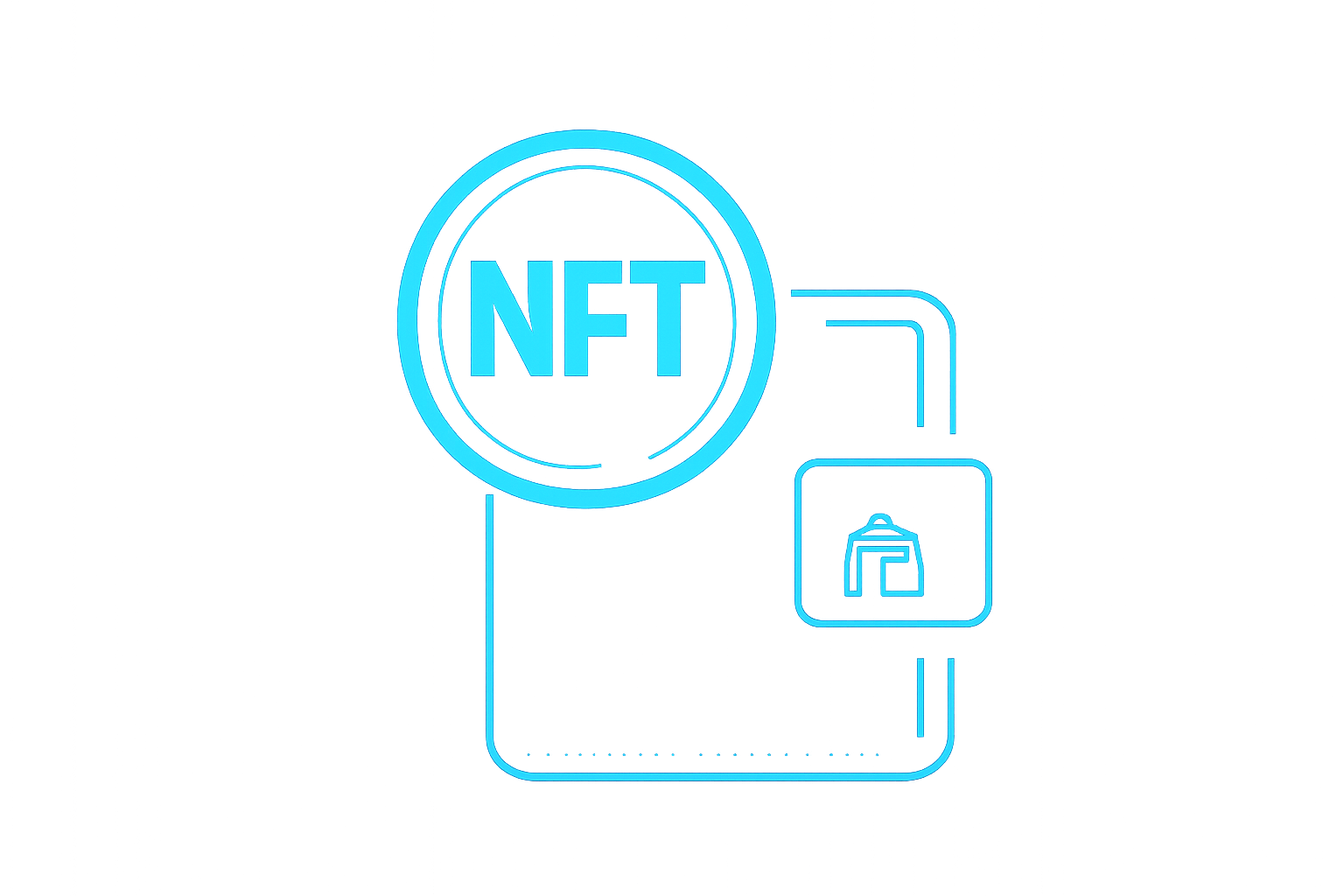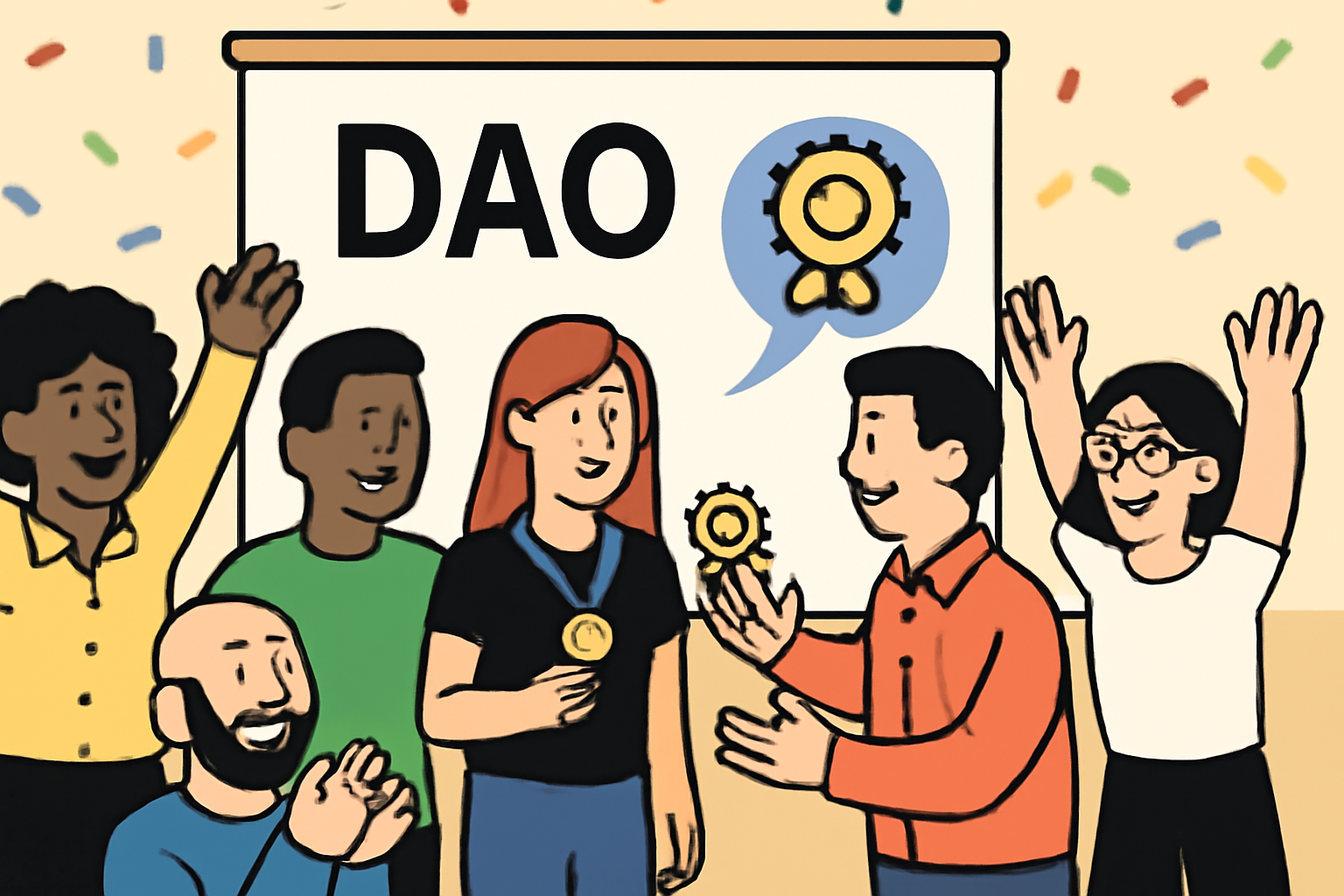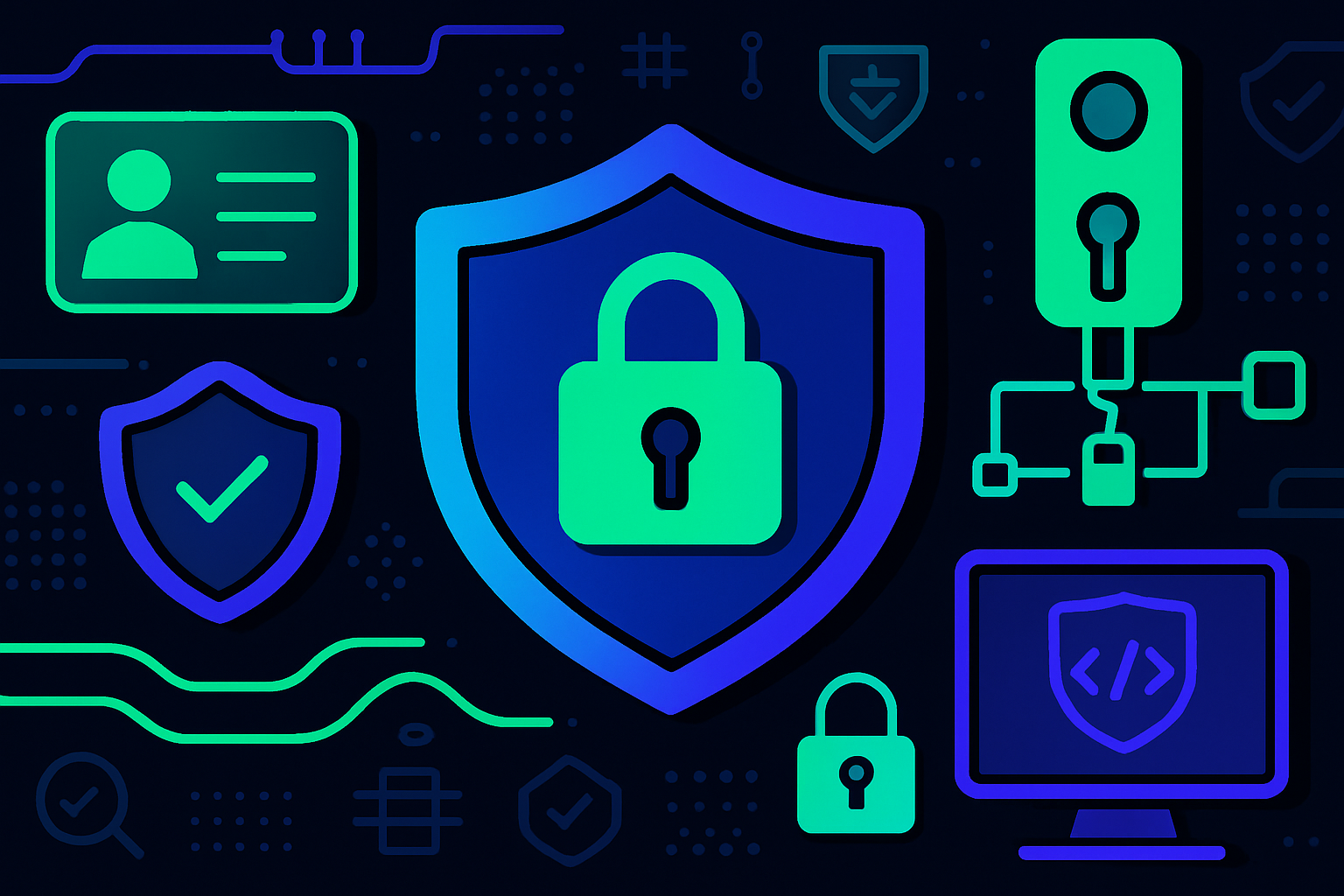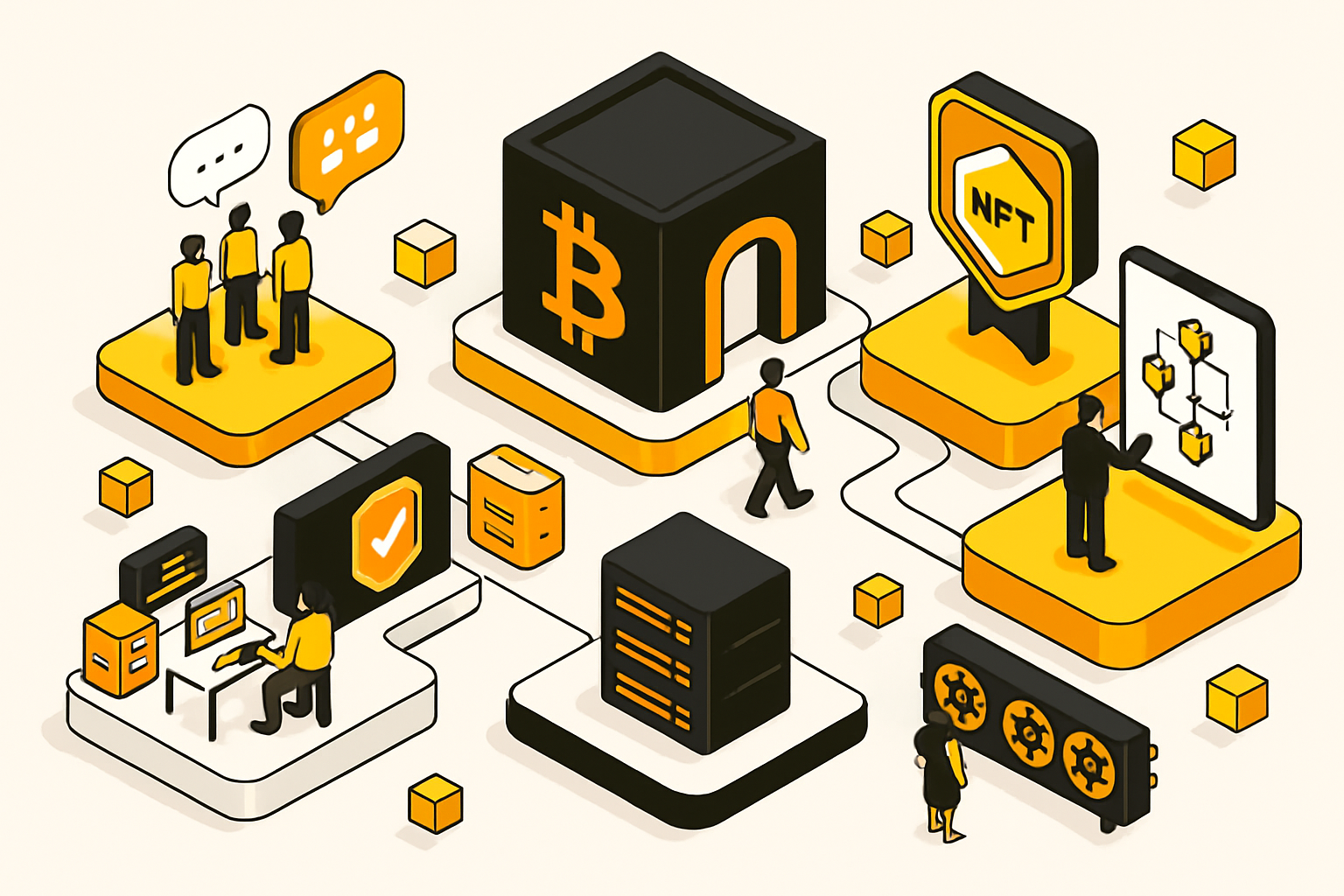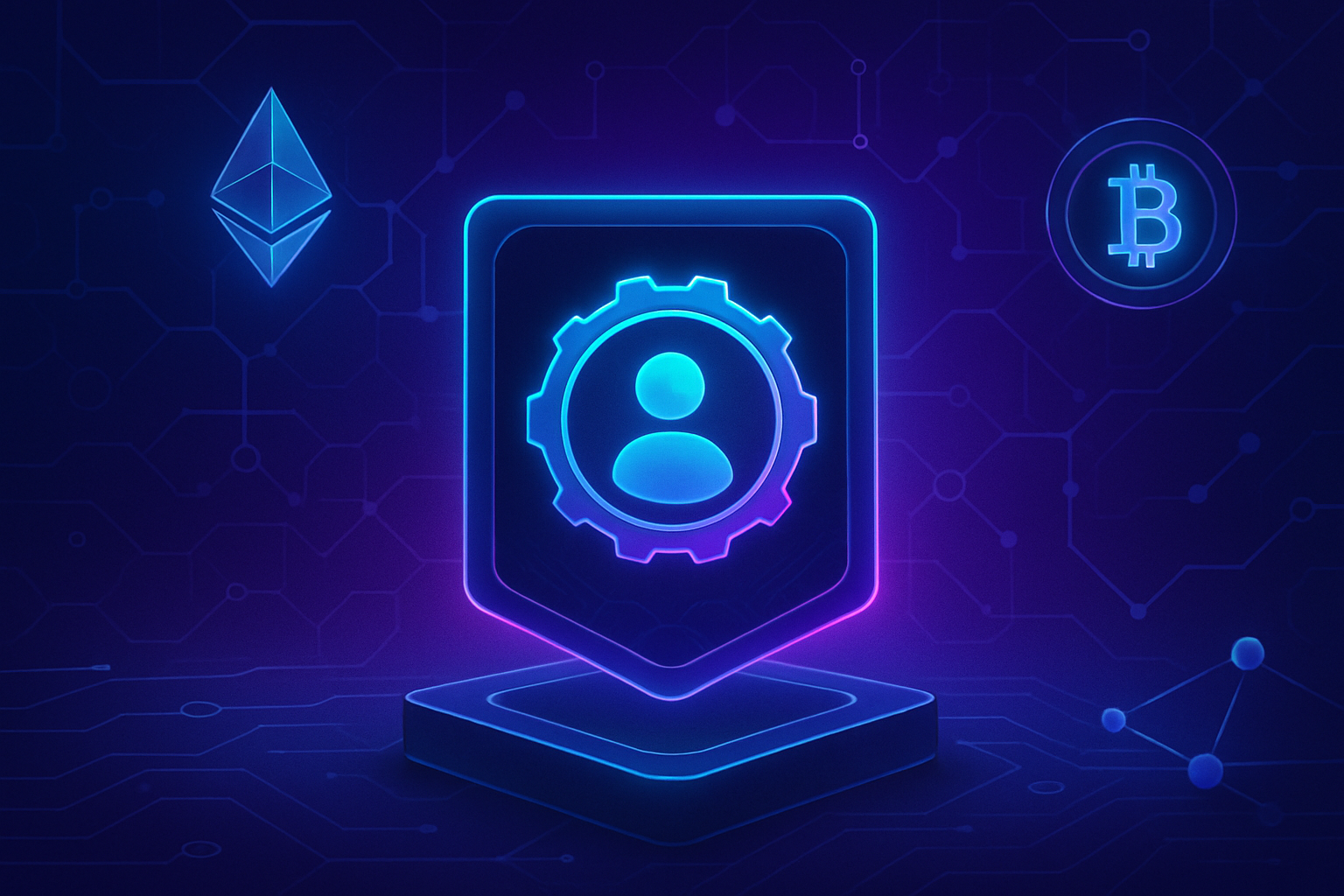
Decentralized Autonomous Organizations (DAOs) have fundamentally changed how communities coordinate, reward, and govern in the Web3 era. One of the most innovative tools at their disposal is the use of DAO contributor badges as NFTs. These digital credentials not only recognize individual achievements but also strengthen transparency and engagement across decentralized ecosystems. With the rise of platforms like Governance NFT Badges, issuing, managing, and showcasing these verifiable badges has become more accessible than ever.
![]()
Why DAO Contributor Badges as NFTs Matter
In traditional organizations, recognition often happens behind closed doors or through informal channels. DAOs flip this paradigm by making contributions visible and verifiable on-chain. NFT badges for decentralized organizations serve multiple purposes:
- Transparency: Every badge is minted on-chain, creating a public record of who contributed what.
- Incentivization: Custom badges can be tied to specific roles or milestones, think “Builder, ” “Backer, ” or “Community Moderator. “
- Governance Power: Badges can unlock voting rights or access to exclusive resources, aligning incentives for active participation.
- Reputation Building: Contributors curate a provable track record that travels with them across the Web3 landscape.
This approach not only rewards individual effort but also builds a culture of open acknowledgment and meritocracy within DAOs. For a deeper dive into transparent contributor recognition using NFT badges, see this guide.
Defining Objectives and Transparent Criteria for Badge Issuance
The foundation of any effective badge system lies in clarity, both for those issuing badges and those aspiring to earn them. Start by defining your objectives: Are you recognizing code commits? Community moderation? Proposal authorship? Once objectives are set, outline clear criteria for each badge type. This prevents ambiguity and ensures fairness across your community.
Key Criteria for Issuing DAO Governance Badges
-
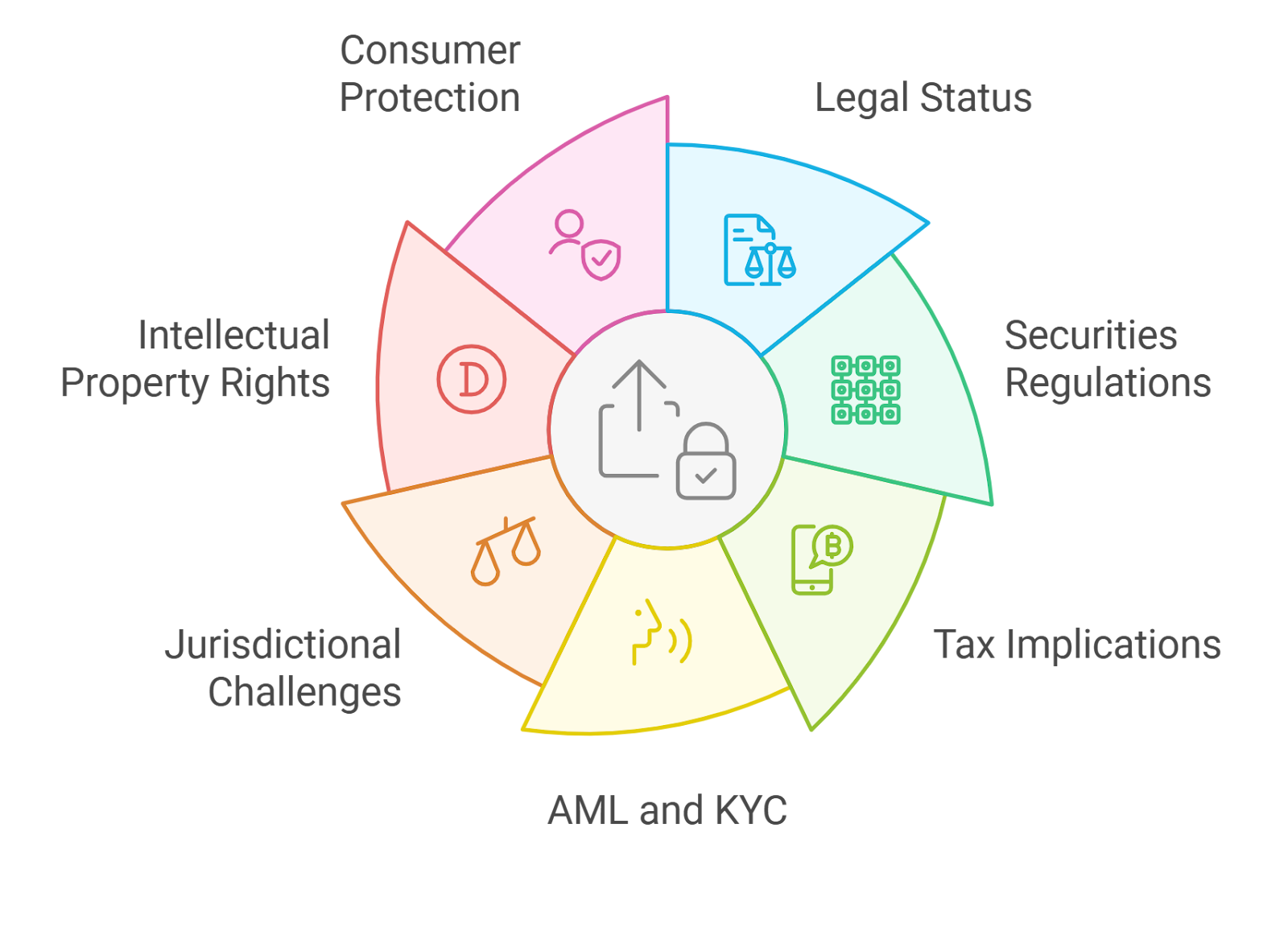
Transparent Contribution Standards: DAOs set clear, objective criteria—such as code commits, proposal authorship, or moderation—for badge eligibility, ensuring fairness and trust within the community.
-
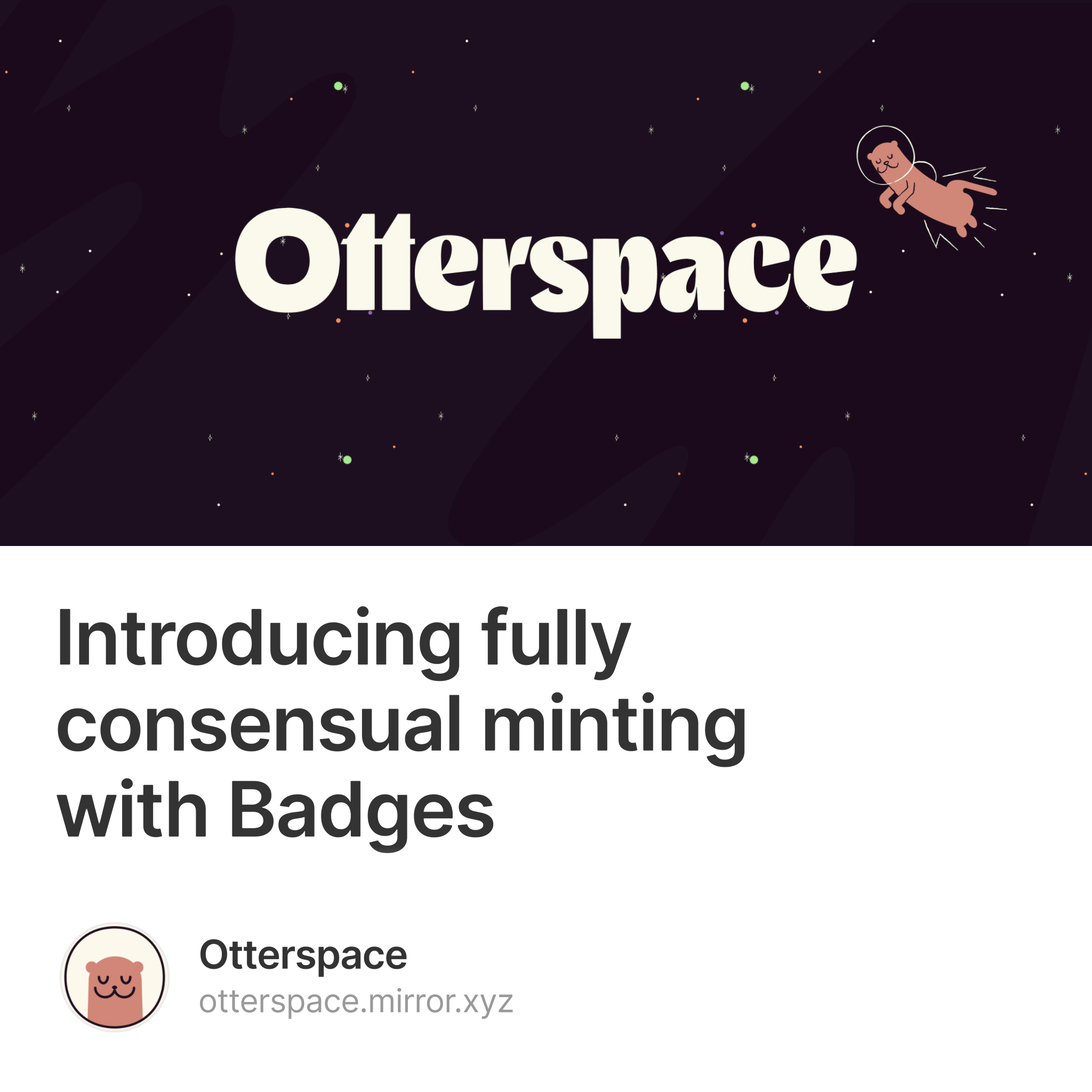
Use of Non-Transferable NFTs (Soulbound Tokens): Badges are often issued as non-transferable NFTs, like those supported by Otterspace, to ensure recognition stays tied to the individual contributor.
-
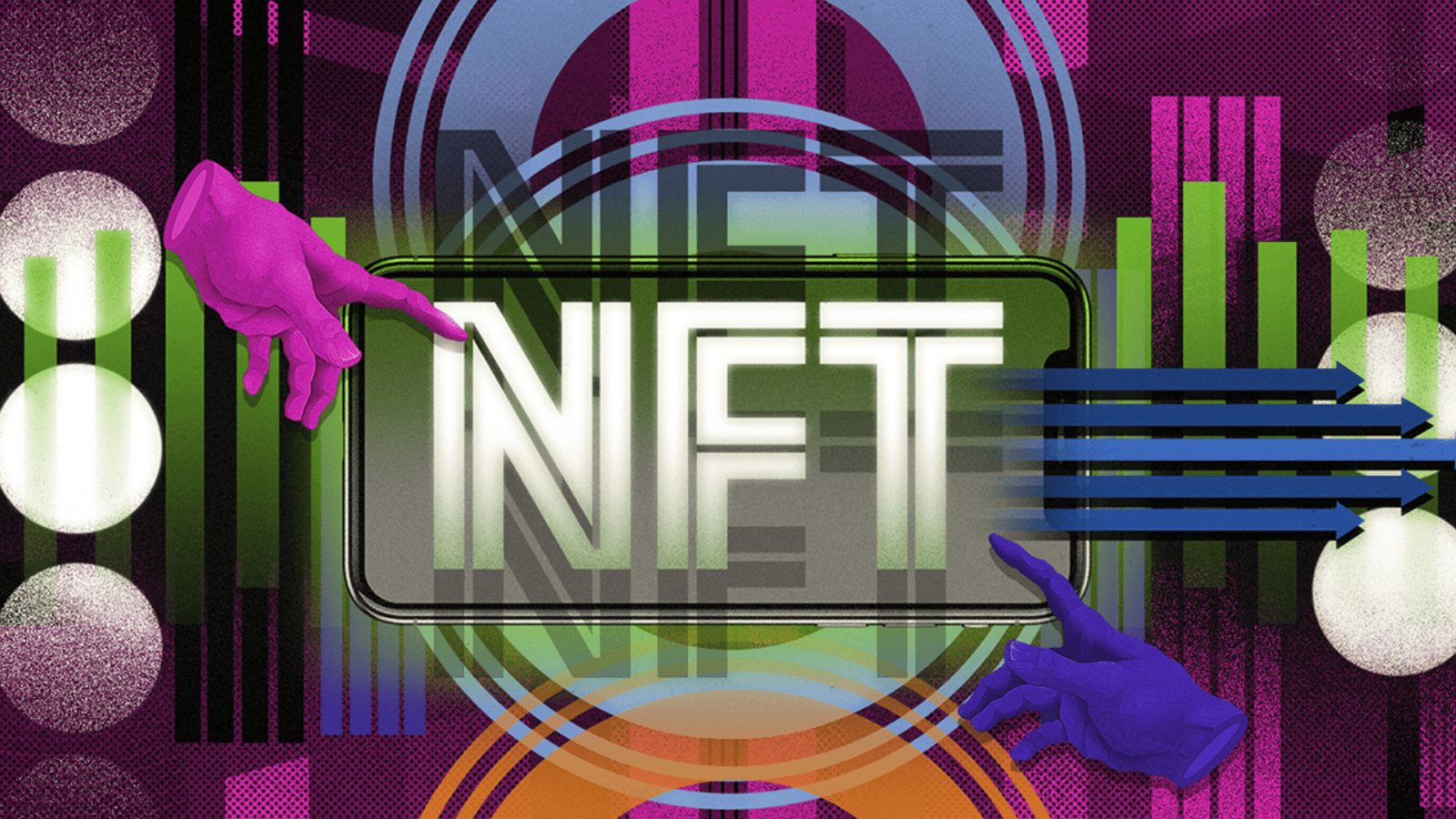
Dynamic and Updatable Badges: Many DAOs use dynamic NFTs that can be updated to reflect a member’s evolving role or achievements, providing a living record of participation.
-
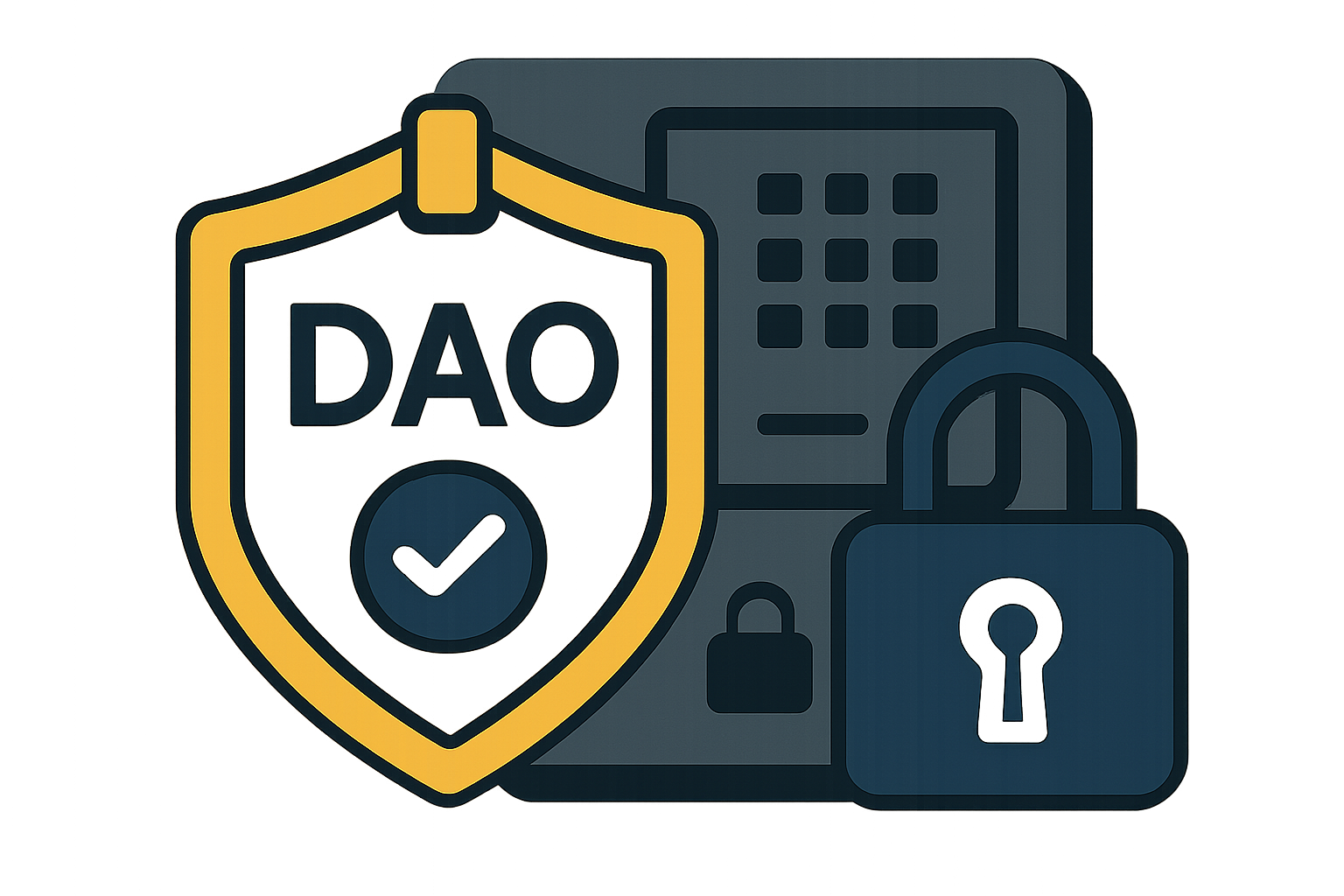
Integration with Governance and Access: Governance badges are often linked to voting rights, proposal access, or grant eligibility, incentivizing active participation and aligning rewards with responsibility.
-
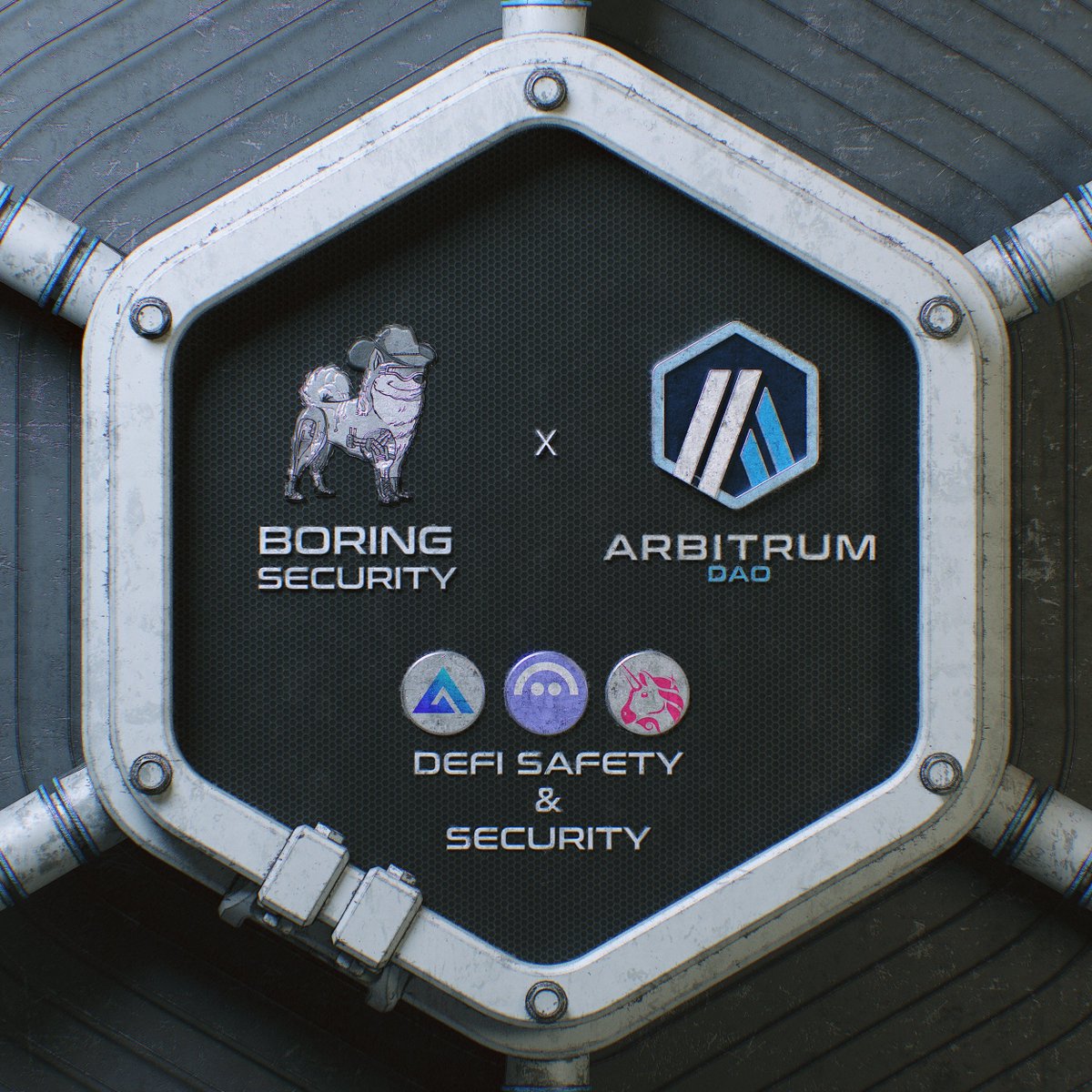
Privacy and Security Measures: DAOs prioritize privacy-preserving and secure badge management to protect contributor data and prevent unauthorized manipulation, using established Web3 security practices.
-
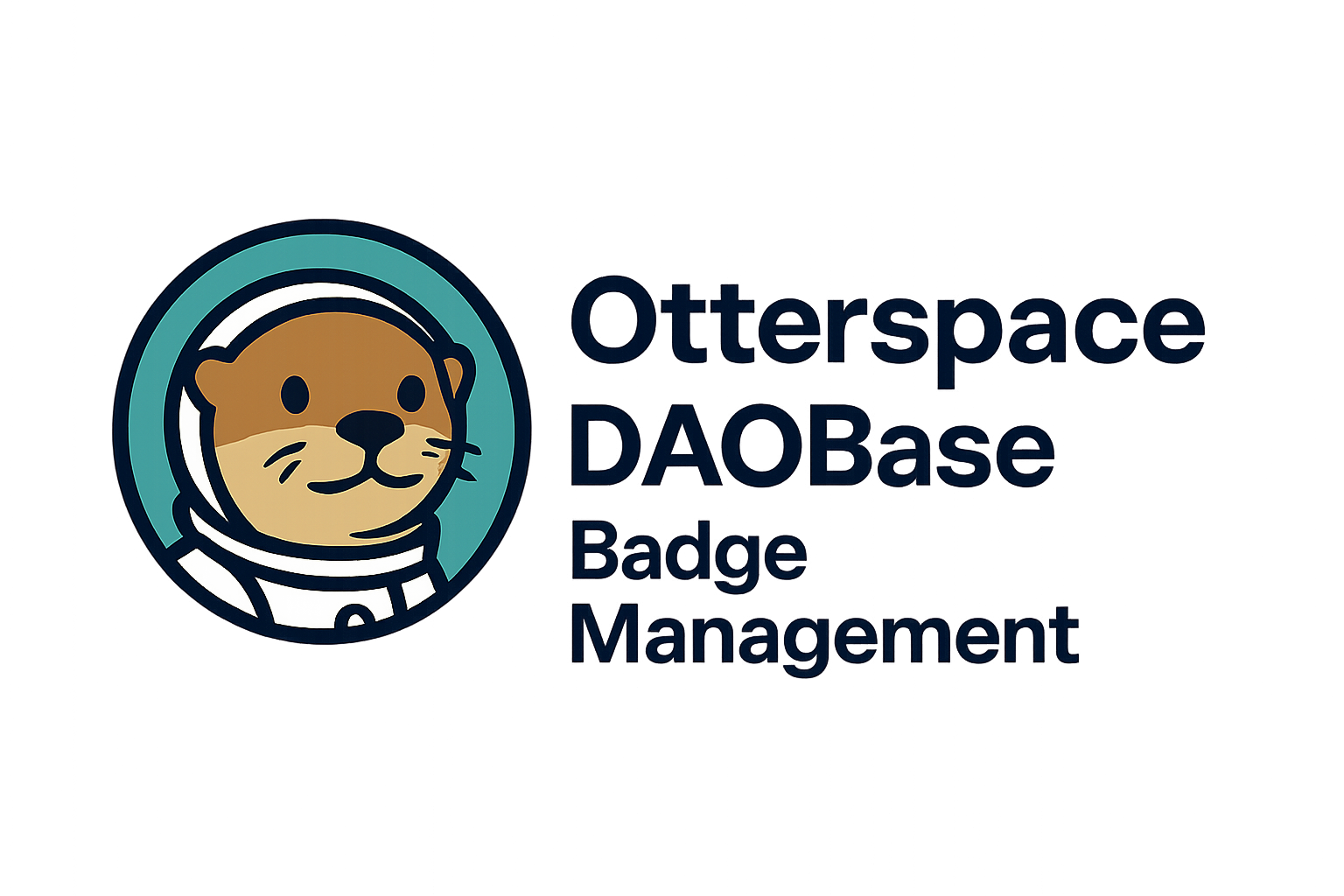
Adoption of Established Tools and Protocols: Platforms like Otterspace and DAOBase are leveraged for badge issuance, management, and reputation tracking in DAOs.
-

Community Engagement via Badge Challenges: DAOs foster engagement by hosting events or quests where members can earn badges for attending, contributing, or participating in discussions, strengthening community bonds.
Avoid subjective standards; instead, focus on measurable outcomes. For example:
- “Completed three successful project sprints”
- “Moderated five community calls”
- “Authored a proposal that passed quorum”
This level of transparency not only motivates contributors but also fosters trust in the badge issuance process. For more on managing criteria and best practices, visit our resource on managing contributor badges in Web3 communities.
Soulbound Tokens: Non-Transferable Recognition for Real Impact
A major challenge with digital credentials is ensuring they truly represent individual achievement rather than being traded or gamed. Enter non-transferable NFTs, often called Soulbound Tokens (SBTs). These are permanently linked to a contributor’s wallet address and cannot be sold or transferred.
This model guarantees that each badge reflects authentic contribution history. It’s quickly becoming the gold standard for DAOs seeking reputation systems that are both robust and resistant to manipulation. Platforms like Otterspace have pioneered this approach, making it easier than ever to implement SBT-based recognition frameworks within decentralized organizations.
Evolving Badges: Embracing Dynamic and Updatable NFTs
The static nature of traditional certificates doesn’t fit the evolving landscape of Web3 participation. That’s why many DAOs now leverage dynamic NFT badges that update as contributors take on new roles or achieve fresh milestones. Imagine earning a “Junior Developer” badge that automatically upgrades to “Senior Developer” after leading key initiatives, your reputation grows visibly alongside your impact.
This progression system not only encourages continued engagement but also gives members tangible goals to strive toward within their community journey.
Integrating dynamic, updatable NFTs into your DAO’s contributor badge strategy can also help avoid contributor fatigue. When badges evolve to reflect ongoing engagement, members see their efforts recognized in real time, not just at a single point in their journey. This approach transforms badges from static rewards into living records of reputation and growth, essential for DAOs that value long-term commitment and skill development.
Connecting Badges to Governance and Access
DAO contributor badges aren’t just about recognition, they can be powerful tools for on-chain governance. By tying specific badges to voting rights or access privileges, DAOs create a direct link between proven contribution and community influence. For example, holding a “Core Developer” badge might unlock higher voting power on protocol upgrades or grant access to private working groups.
This integration ensures that decision-making power is distributed based on verifiable merit rather than arbitrary status. It also aligns incentives: contributors who invest in the DAO’s success are rewarded with greater influence over its future direction. For more on how NFT badges can be used to assign voting power transparently, see this resource.
Top Ways DAOs Use NFT Badges for Governance & Access
-

Role-Based Voting Power: Many DAOs assign governance rights through NFT badges, where holding badges like Builder or Backer grants increased voting power or proposal privileges. This ensures that active contributors have a meaningful say in DAO decisions.
-
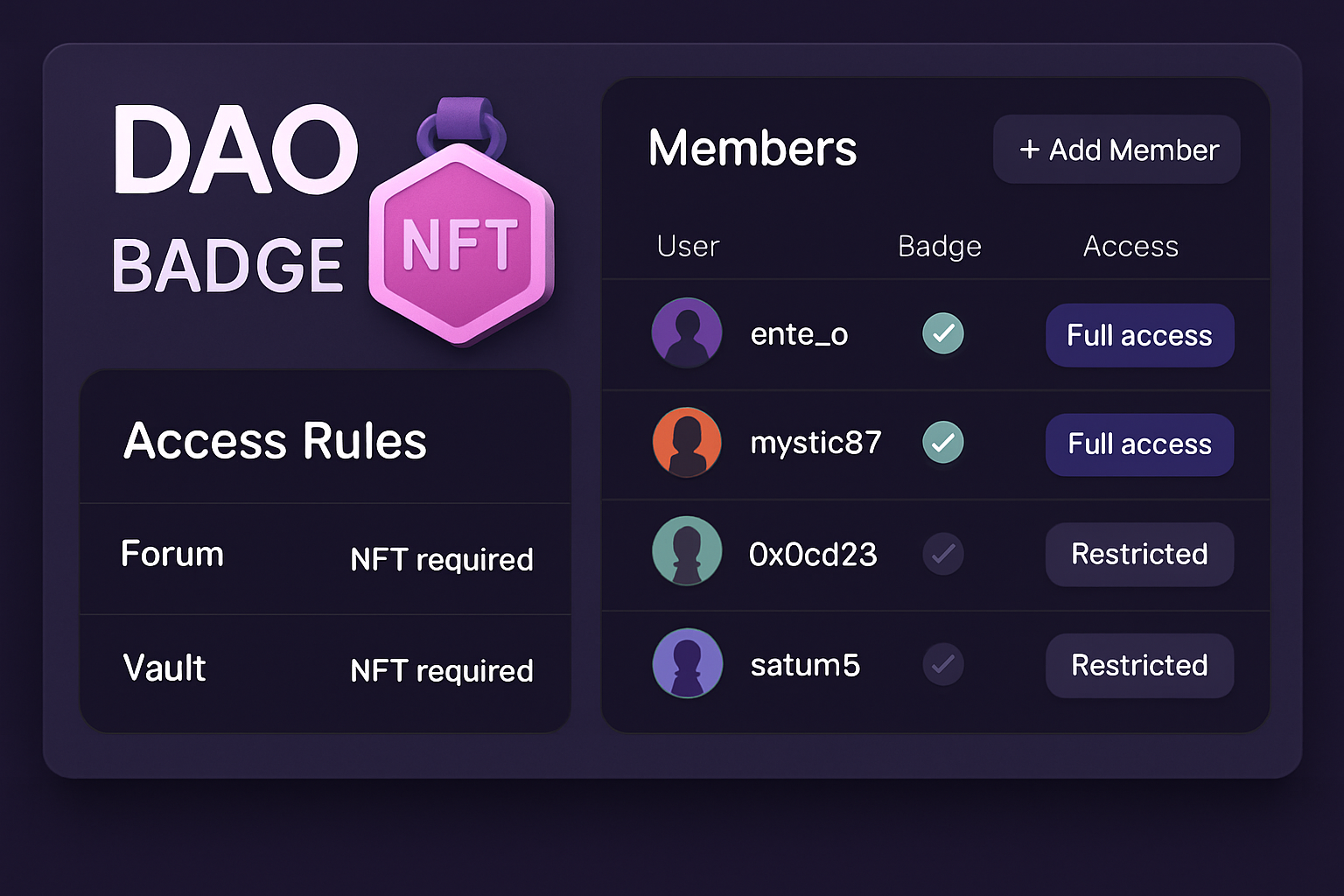
Access Control for Exclusive Resources: NFT badges are used to unlock gated content, private discussion channels, or participation in special events. For example, a Community Contributor badge might provide access to exclusive workshops or grant applications.
-
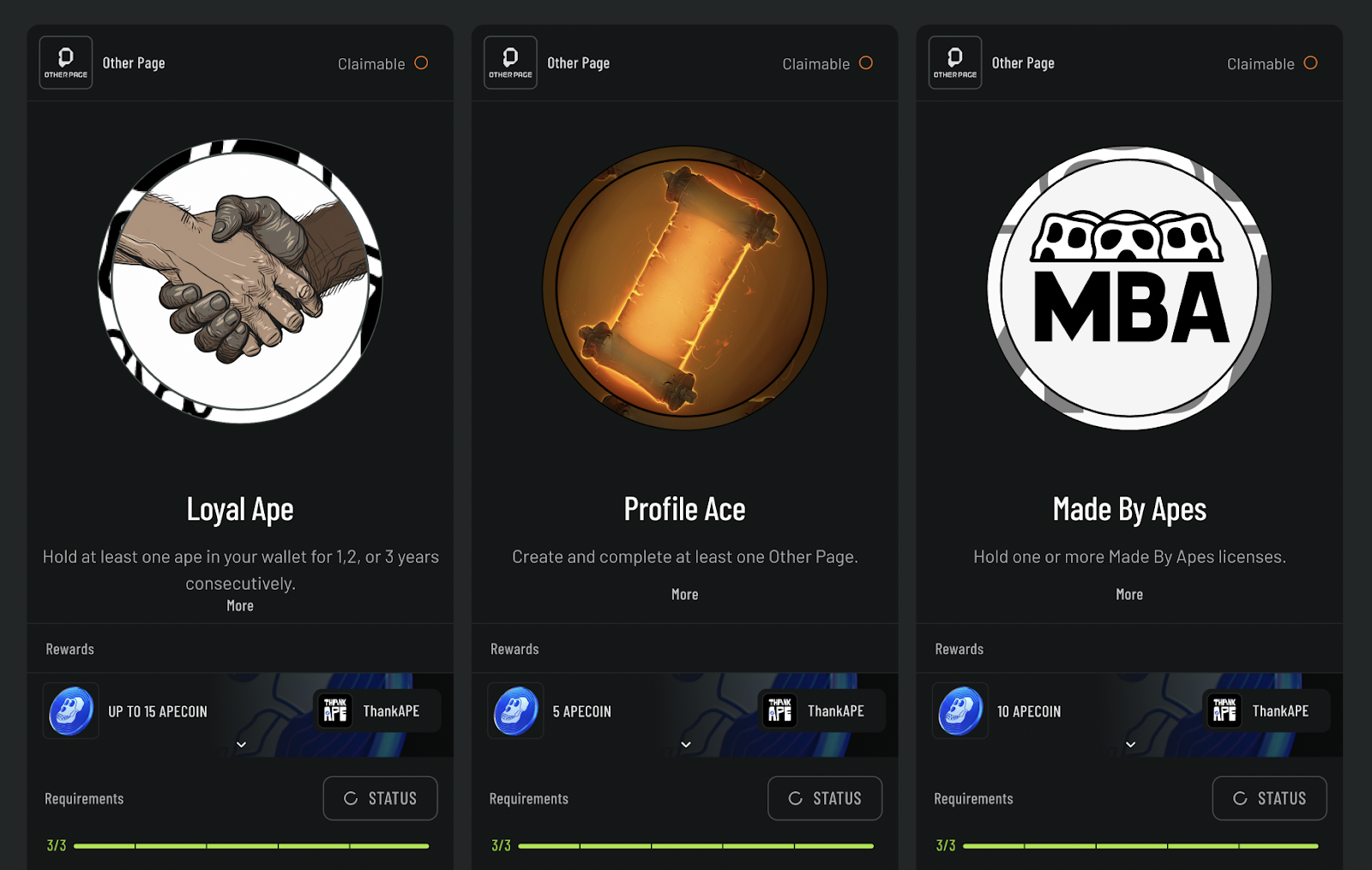
Milestone and Achievement Recognition: DAOs issue unique NFT badges to commemorate milestones such as voting participation, successful project delivery, or technical contributions. These badges serve as public proof of engagement and accomplishment.
-

Reputation and Trust Building: By leveraging non-transferable (Soulbound) NFT badges, DAOs create a transparent, verifiable record of member reputation, fostering trust and accountability within the community.
-

Dynamic Participation Tracking: Some DAOs use dynamic NFT badges that update as members progress—such as advancing from Junior to Senior Contributor—providing a real-time view of a member’s ongoing involvement.
-
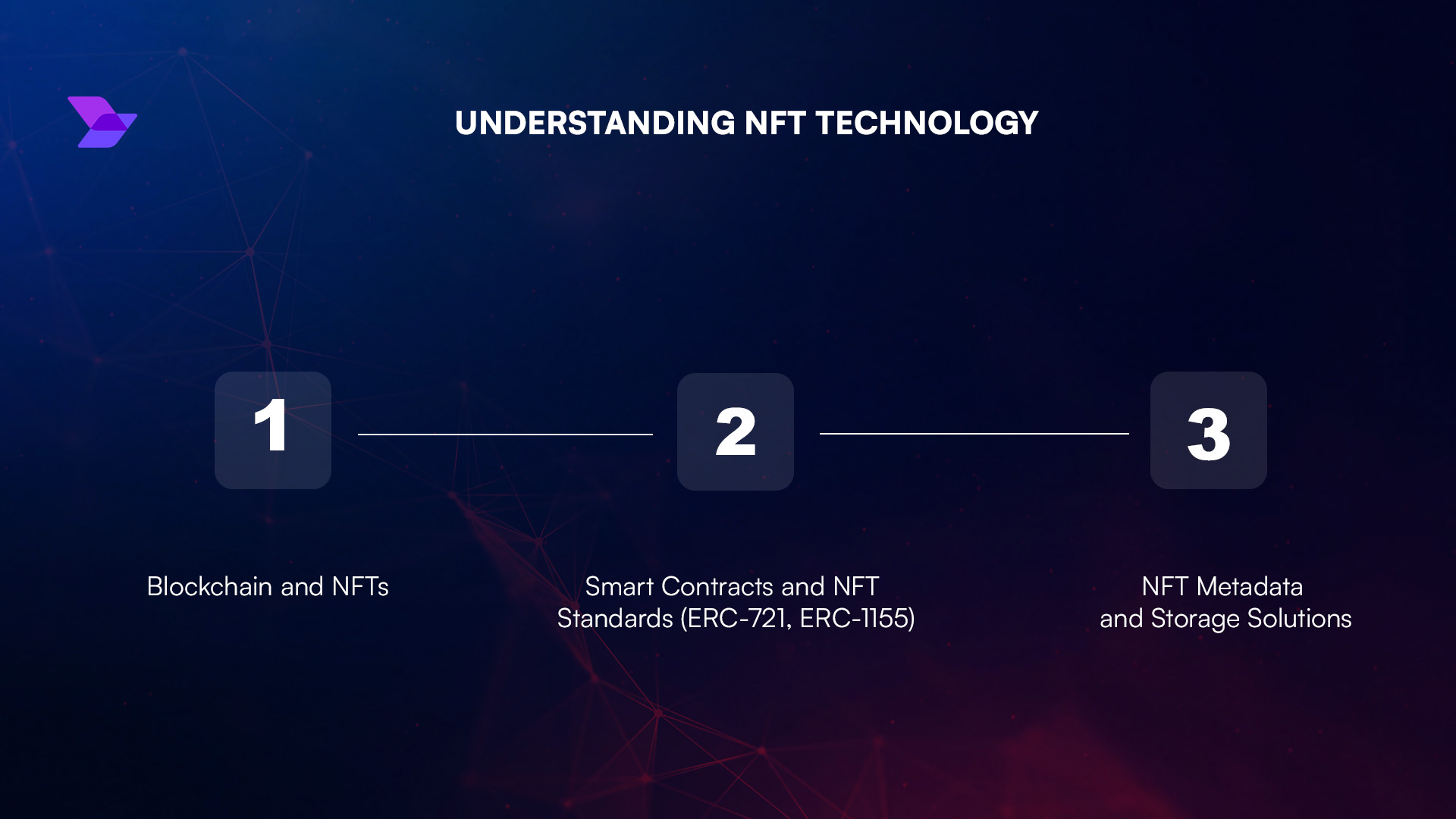
Eligibility for Grants and Incentives: Holding specific NFT badges can make members eligible for grants, bounties, or rewards. This aligns incentives and encourages sustained, meaningful contributions.
-

Participation in Special Challenges and Events: DAOs often organize badge-earning challenges—such as hackathons or community quests—to boost engagement and recognize active members with unique NFTs.
Privacy, Security, and On-Chain Verification
As with all things Web3, robust security and privacy measures are non-negotiable when issuing governance badges. Protecting contributor data while ensuring the verifiability of each badge is paramount. Use secure wallet authentication methods and consider privacy-preserving protocols when sensitive information may be involved.
On-chain verification is another best practice: every badge minted should be traceable back to its origin via smart contract records. This transparency not only deters fraud but also allows external parties, potential collaborators or employers, to independently verify a contributor’s achievements.
Choosing Tools for Badge Creation and Management
The ecosystem for DAO reward NFTs is rapidly maturing. Platforms like Governance NFT Badges offer streamlined interfaces for designing, minting, and distributing both transferable and non-transferable NFTs tailored to decentralized organizations. Other solutions such as Otterspace enable seamless management of Soulbound Tokens specifically designed for governance use cases.
When selecting a toolset, consider factors like ease of integration with your DAO stack, support for dynamic metadata updates, and built-in analytics for tracking badge issuance trends. Leveraging established protocols reduces operational friction while ensuring compatibility with widely used wallets and dApps.
Driving Engagement Through Badge Challenges
The most successful DAOs treat badge earning as an interactive community experience, not just a reward system. Hosting challenges or campaigns where members can earn new badges (for example: “Attend five governance calls this quarter” or “Contribute to three open-source projects”) transforms participation into an ongoing game-like journey.
This approach boosts engagement while helping newcomers onboard through clear pathways to recognition. Over time, it cultivates a sense of shared accomplishment that strengthens the social fabric of your DAO.
Pro tip: Make sure your badge issuance process is well-documented so contributors always know what actions will earn them recognition, and how those achievements will be recorded on-chain.
Key Takeaways for Effective DAO Contributor Badge Programs
Best Practices for Issuing DAO Governance NFT Badges
-
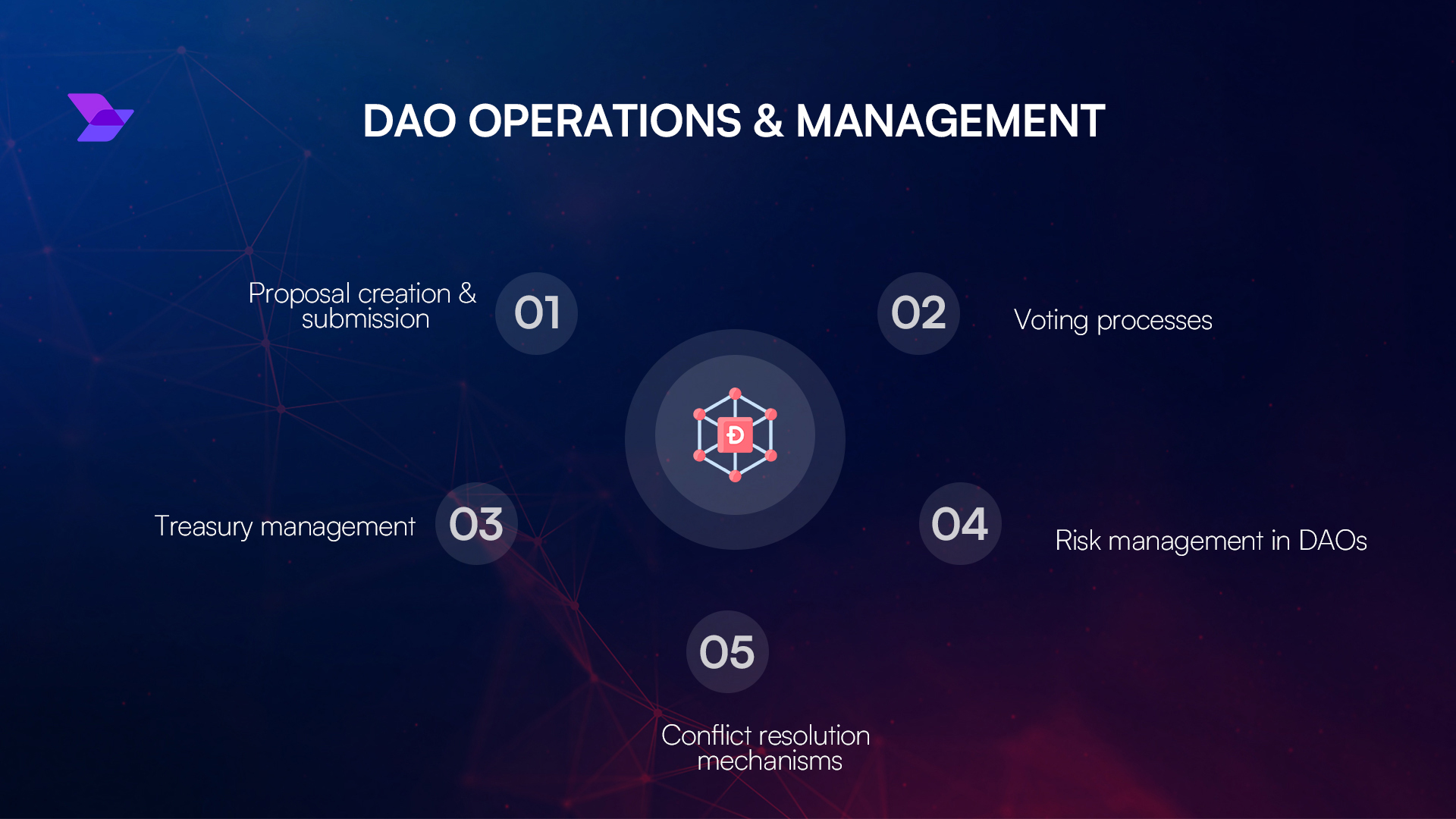
Define Transparent Criteria for Badge Issuance: Clearly outline objective requirements for earning each badge, such as code contributions, community moderation, or proposal leadership. Transparent standards foster fairness and trust within the DAO.
-

Utilize Non-Transferable NFTs (Soulbound Tokens): Issue badges as non-transferable NFTs—such as those supported by Otterspace—to ensure badges remain permanently linked to individual contributors, preventing resale or transfer.
-
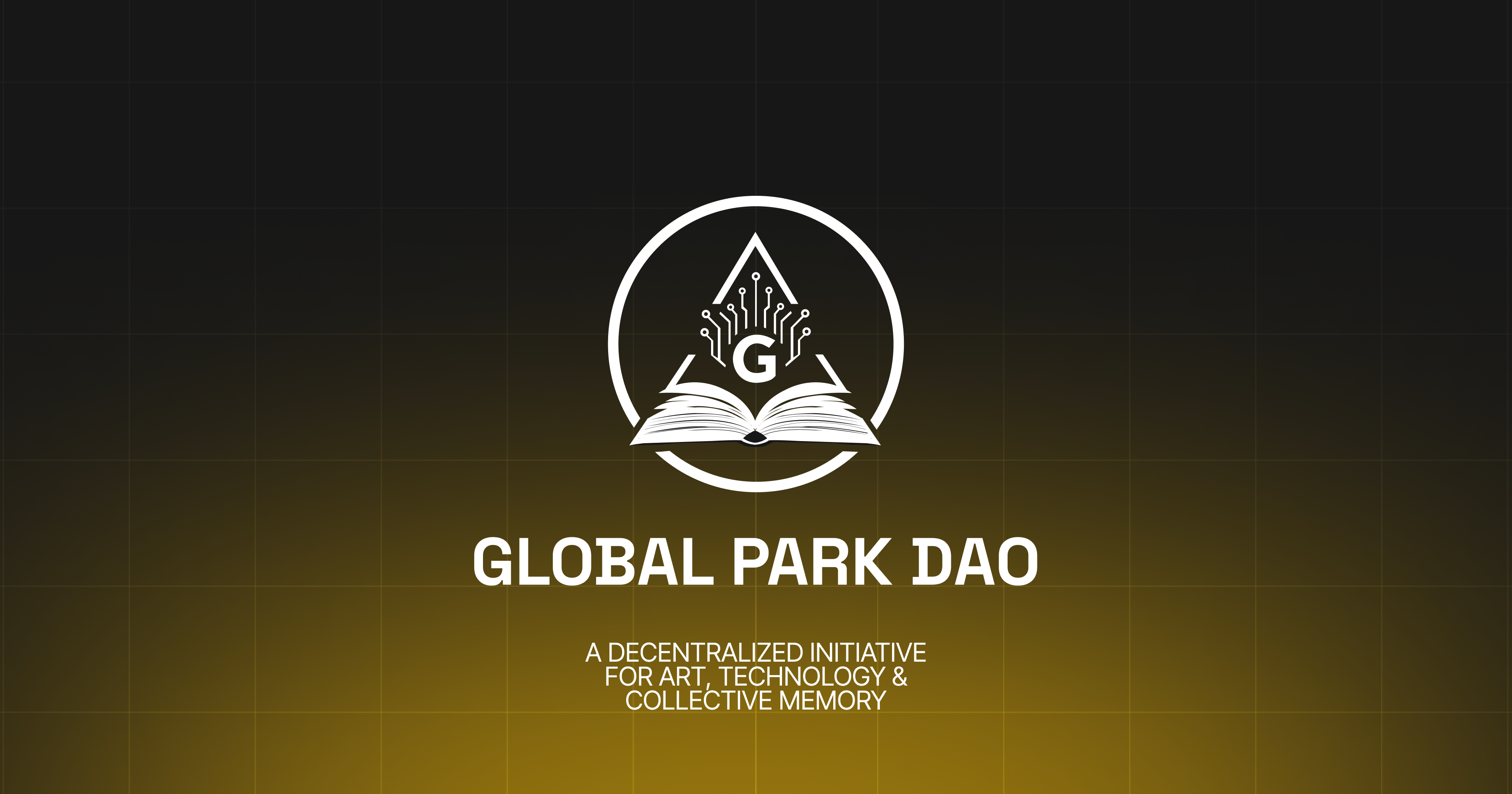
Implement Dynamic and Updatable Badges: Use dynamic NFTs that can evolve as contributors progress, reflecting milestones like advancing from junior to senior roles. This encourages ongoing engagement and provides a comprehensive view of each member’s journey.
-
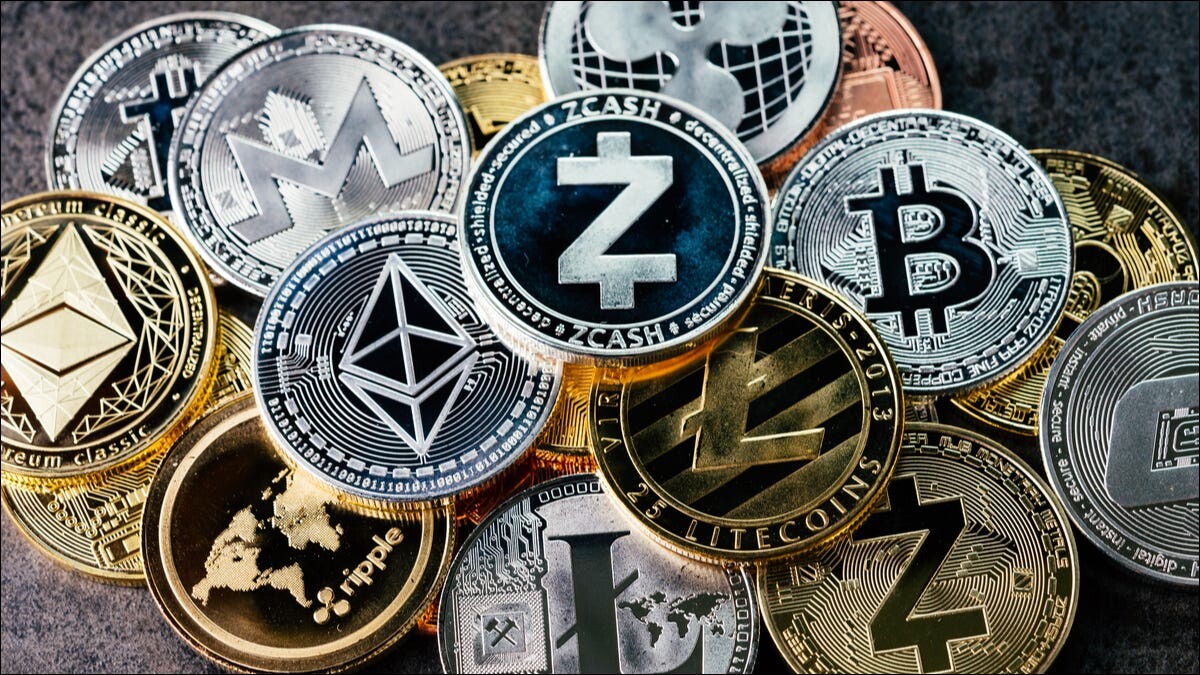
Integrate Badges with Governance and Access Control: Link badge ownership to governance rights and special permissions. For example, holding a specific badge might grant increased voting power or access to exclusive resources, aligning incentives for active participation.
-

Ensure Privacy and Security in Badge Management: Protect contributor data by using privacy-preserving models and secure authentication, as discussed in recent research on privacy in blockchain-based badge systems.
-

Leverage Existing Tools and Protocols: Adopt established platforms like Otterspace for non-transferable badges or DAOBase for dynamic reputation systems, streamlining badge issuance and management.
-
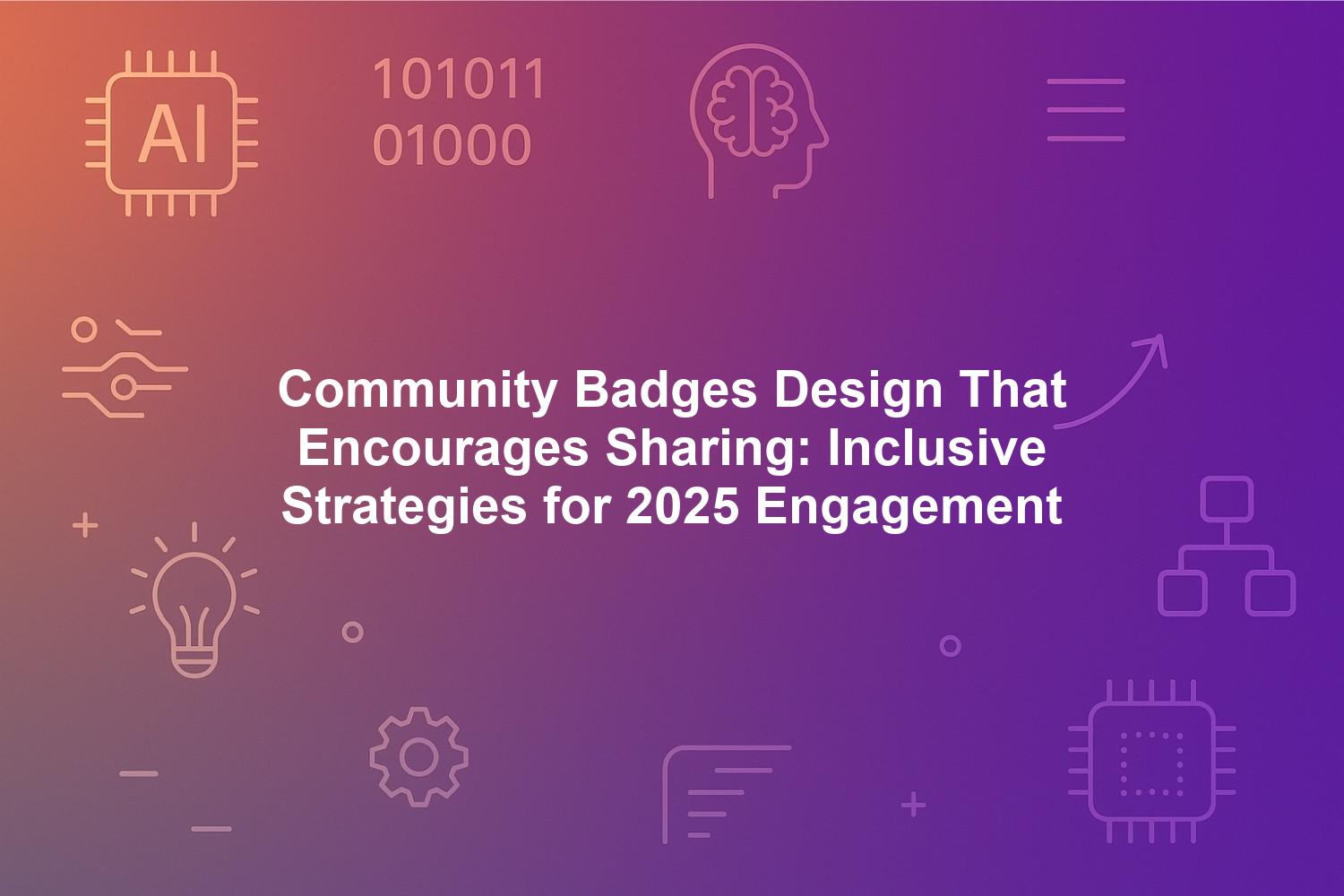
Foster Community Engagement through Badge Challenges: Organize events and challenges—such as project sprints or governance participation contests—where members can earn badges for active involvement, strengthening community bonds and participation.
DAO contributor badges as NFTs have evolved far beyond simple digital trophies, they are now foundational components of transparent reputation systems and decentralized governance frameworks. By focusing on clear criteria, non-transferable tokens, updatable metadata, robust privacy/security practices, seamless tooling, and engaging community challenges, Web3 communities can issue governance badges that truly empower their members.
For additional strategies on maximizing participation through NFT-based recognition systems in DAOs, explore our deep dive on boosting member participation with NFT badges.


